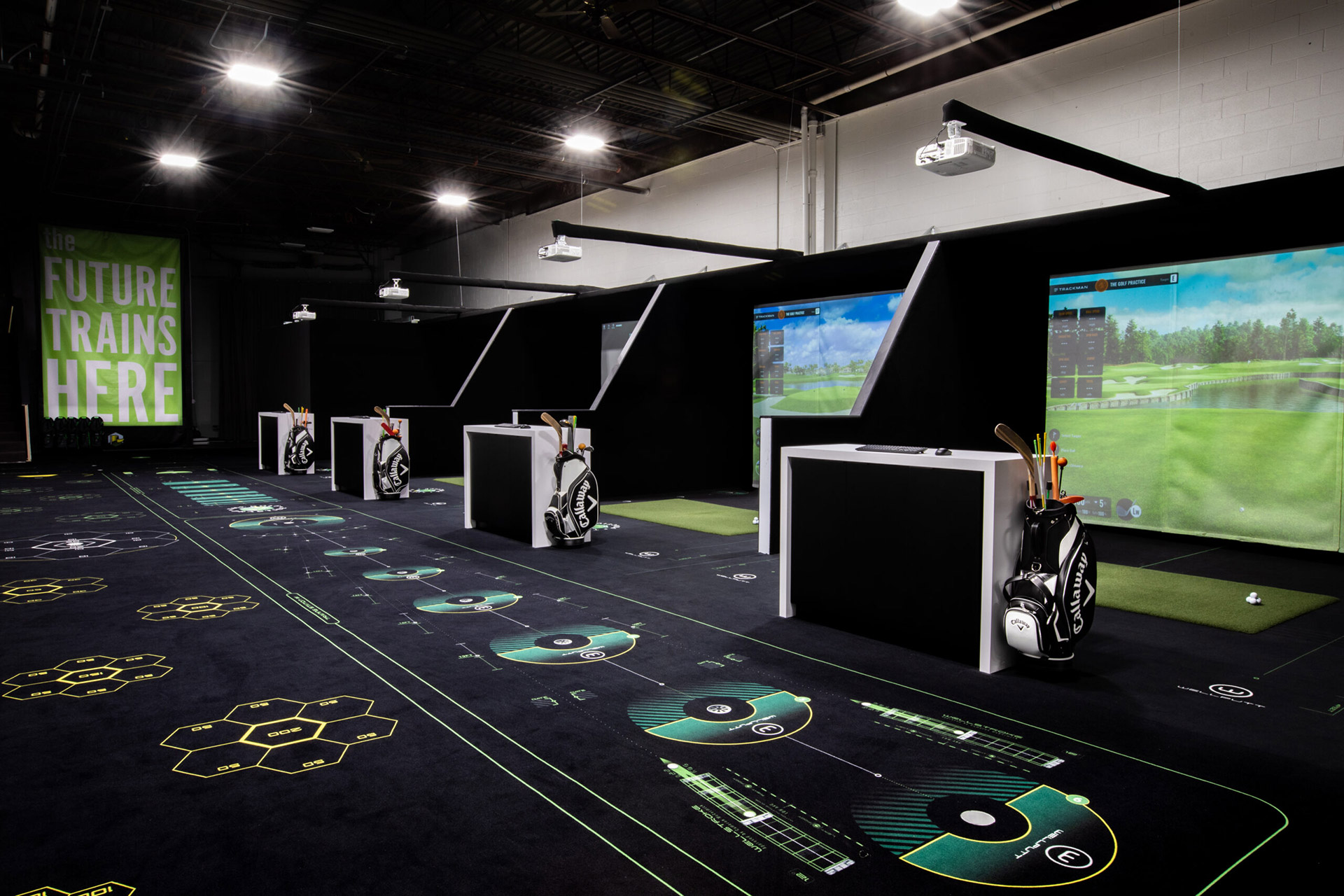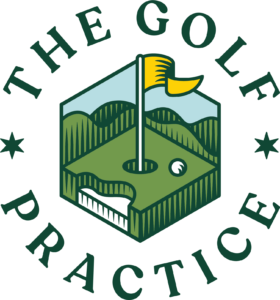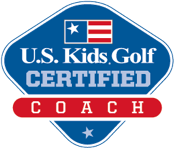
Overuse injuries represent one of the most significant threats to young golfers’ long-term development and enjoyment of the sport. These injuries occur when repetitive stress on muscles, tendons, and joints exceeds the body’s ability to recover and adapt. Unlike acute injuries from sudden impacts, overuse injuries develop gradually through repeated motions without adequate rest or proper technique.
Junior golfers face unique risks due to their developing musculoskeletal systems. Growth plates remain open until late adolescence, making young athletes more susceptible to stress fractures and joint problems. The repetitive nature of golf swings, combined with intensive practice schedules, creates perfect conditions for overuse injuries to develop.
The Science Behind Proper Movement Patterns
Biomechanical Foundation for Injury Prevention
Establishing correct movement patterns forms the cornerstone of injury prevention in junior golf training. When young golfers learn proper biomechanics from the beginning, they distribute forces evenly throughout their bodies during the swing motion. This balanced distribution prevents excessive stress on individual joints and muscle groups.
Research demonstrates that faulty movement patterns significantly increase injury risk. Poor posture, improper weight transfer, and inefficient rotation place enormous strain on the lower back, shoulders, and wrists. Professional instruction focusing on biomechanical efficiency helps young golfers develop sustainable swing patterns that protect their bodies while improving performance.
Age-Appropriate Training Protocols
Developmental Considerations for Young Athletes
Effective junior golf training programs must account for various developmental stages and physical capabilities. Children and teenagers experience different growth rates, coordination levels, and strength capacities that directly impact their training needs.
Key training principles for different age groups include:
- Ages 6-10: Focus on fundamental movement skills, basic coordination, and fun-based learning activities
- Ages 11-14: Introduce more structured technique work while emphasizing proper form over power
- Ages 15-18: Implement strength training components and advanced skill development with injury prevention protocols
Training frequency guidelines:
- Beginners: 2-3 sessions per week with mandatory rest days
- Intermediate players: 3-4 sessions weekly with cross-training activities
- Advanced juniors: 4-5 sessions with periodized training cycles and recovery monitoring
The Role of Strength and Conditioning
Comprehensive strength and conditioning programs specifically designed for junior golfers address muscular imbalances before they lead to injuries. Many young golfers develop dominant-side strength imbalances from repetitive swing motions, creating vulnerability in supporting muscle groups.
Core stability training proves particularly crucial for junior golfers. A strong, stable core provides the foundation for efficient power transfer while protecting the spine during rotational movements. Proper conditioning programs also include flexibility work, proprioceptive training, and functional movement exercises that mirror golf-specific motions.
Progressive Loading Principles
Young athletes benefit from progressive loading principles that gradually increase training demands. This approach allows developing tissues to adapt safely to increased stress levels. Sudden jumps in training intensity or volume often trigger overuse injuries, making gradual progression essential for long-term success.
Indoor Training Advantages for Injury Prevention
Indoor golf facilities provide optimal environments for implementing injury prevention strategies. Climate-controlled conditions eliminate weather-related variables that might compromise training quality or force compensatory movement patterns. Consistent surfaces and lighting allow instructors to carefully monitor technique and identify potential injury risks.
Technology integration in indoor facilities enhances injury prevention efforts through detailed swing analysis and biomechanical feedback. Video analysis systems help identify subtle movement flaws that might not be visible to the naked eye. This precision enables early intervention before problematic patterns become ingrained habits.
Recovery and Rest Integration
Building Recovery into Training Programs
Adequate recovery represents a critical but often overlooked component of injury prevention. Young athletes frequently want to practice constantly, but excessive training without proper rest creates the perfect storm for overuse injuries. Structured training programs must include planned recovery periods that allow tissues to repair and strengthen.
Sleep quality and duration significantly impact recovery in junior athletes. Growing bodies require additional rest to support physical development and tissue repair processes. Education about proper sleep hygiene becomes an essential part of comprehensive injury prevention programs.
Monitoring and Early Intervention Strategies
Successful injury prevention requires ongoing monitoring of young athletes for early warning signs of overuse injuries. Pain, stiffness, decreased performance, or changes in movement patterns all signal potential problems that need immediate attention.
Regular movement screenings help identify developing issues before they progress to injury status. These assessments evaluate flexibility, strength, and movement quality across multiple planes of motion. Early identification allows for corrective interventions that address problems at their source.
Long-Term Development Through Smart Training
Quality junior golf performance training prioritizes long-term athletic development over short-term gains. This philosophy recognizes that sustainable improvement comes through consistent, intelligent training that protects young athletes’ health while building skills progressively.
The Golf Practice specializes in creating comprehensive training programs that balance skill development with injury prevention for junior golfers throughout the Chicagoland area. Our Highland Park and Lisle locations provide state-of-the-art indoor facilities where young athletes can develop proper techniques in optimal environments.
Investing in proper junior golf training today protects young athletes from career-threatening injuries while building the foundation for lifelong enjoyment of the sport. Contact The Golf Practice to learn how our expert instructors can help your young golfer develop safely and effectively.





